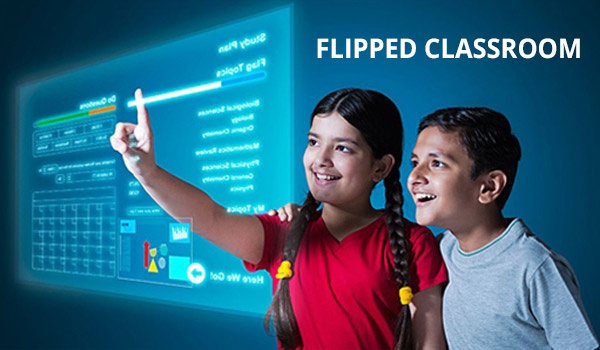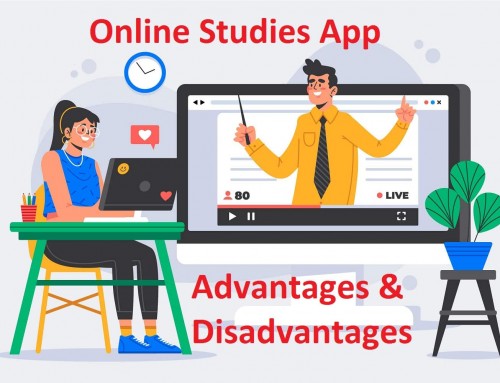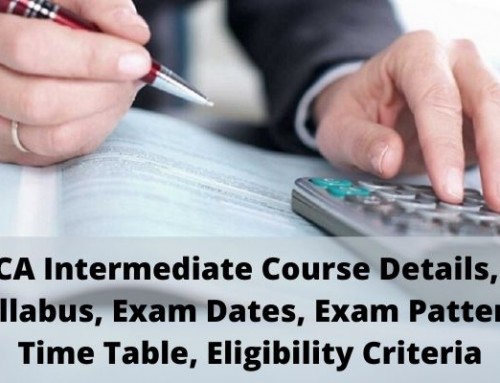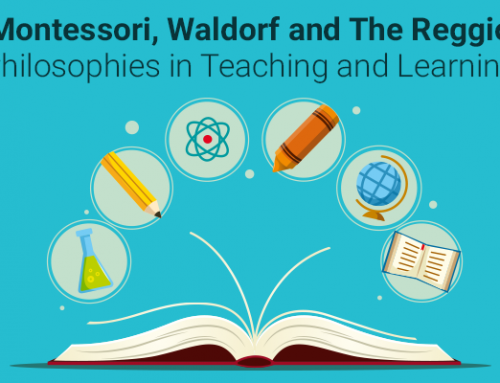Technology is growing at an exponential rate. We can feel how fast it is growing when we look around us and find little children using smartphones and tablets to play games in comparison to some years ago when they did not have access to basic video games with low graphics. Everyone is now connected to everyone and if you know your way around you can find who is hanging out where at this time.
In a time like this, it makes a lot of sense to use technology to impart education. However, this is not a new concept. The dialogue to use technology in the classroom was started quite a long time ago. Many institutions have experimented with the use of computers and videos for some time. The increasing use of smartphones, tablets and digital readers has prompted many institutions to record lectures and send lectures by email to students who miss classes. Many educators have started using the net to send and receive homework.
Teaching students at home
Thanks to the many video hosting websites, it has become easier to make videos available online. This not only helps in students catch-up their missed lectures, but also helps in revision at any convenient time. At the same time, a new trend of flipped class rooms has been prompted. Instead of students watching recordings of what happened in class, they watch a pre-recorded lecture before class. This leaves class room time for discussions and tests. Although tests too can be given online and the results mailed directly to the teachers for assessment about a student.
This idea of flipped class rooms is very advantageous since it involves a medium of delivery that students usually enjoy. Homework is handled online and books need not be brought to class everyday reducing the amount of weight carried by children.
On the flip side it is compulsory for a student to have a delivery device – computer, laptop or tablet and internet connection.
Complete monitoring of progress
In the immediate future we can have students learning from the online lectures and assessing themselves through various tests focused at each student individually. Their use of the videos and understanding thereof can be directly monitored. Tests can be objective type or answers can be typed in and monitored by the teacher.
Wearable technology can be used for monitoring physical activity of the student to see he is getting his exercise and consuming a proper diet. Wearable technology has progressed so far that it can monitor a proper exercise and diet regime.
Social Media as an education tool
Instead of a place where people go to waste time, social media can be used for delivering educational content and starting discussions on current lessons. Essays and opinions can be reviewed not only by teachers, but also by peers.
The growth of technology may not eliminate the teacher or the classroom, but that is not the aim anyway. The teacher and educational institutions should start using technology for teaching students better.













